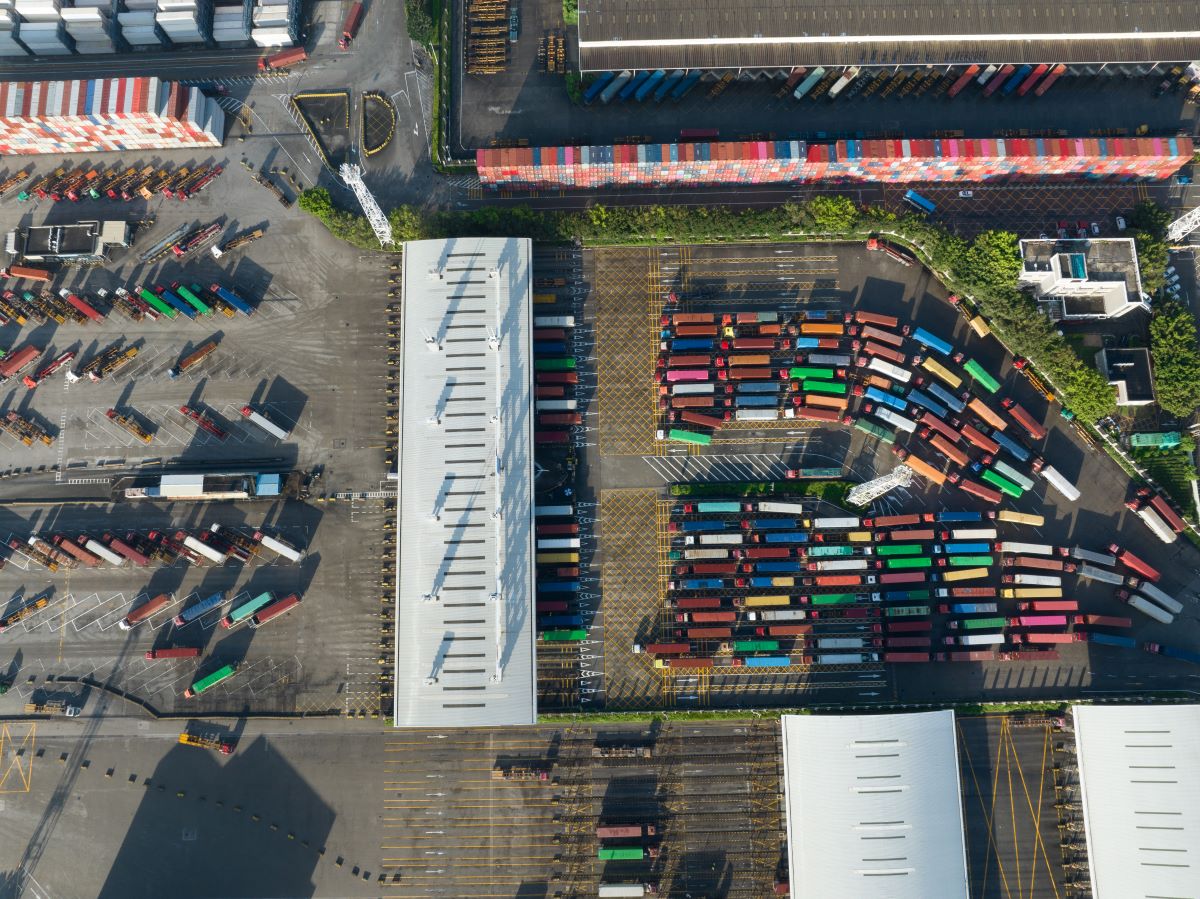
Port transportation in the US can be a complex legal and bureaucratic process, but it doesn’t have to remain mysterious.
Certain documents are required for nearly every port, and many documents are unique to each port, cargo type, vessel type, and employee who needs to enter and exit the port.
The movement of cargo through US ports is a collective effort between ports, shipping and trucking companies, and individual employees to keep traffic moving, minimize legal issues, and stay compliant with US government regulations.
General Documentation Requirements for Port Transportation
For companies bringing goods into the US, you’ll almost always need each of these two documents:
Transportation Worker Identification Credential (TWIC)
This card is required for workers who need unescorted access to secure areas of marine terminal facilities and vessels.
Workers obtain a TWIC by applying through the Transportation Security Administration’s (TSA) website. They’ll be required to submit biographic information and fingerprints and undergo a background check.
Customs Declarations
The US requires a declaration for all goods entering the United States. These declarations must detail the nature, quantity, and value of the cargo undergoing port transportation.
Merchants must file these declarations electronically through the Automated Commercial Environment (ACE) system.
Documentation for Port Workers
The most important document for port workers to obtain is the TWIC, detailed above.
To ensure smooth port transportation, port workers should also look into obtaining a Port Authority ID.
Port Authority ID
These IDs are specific to each port. Like the TWIC, it’s an ID badge that grants access to various areas within the facility.
Obtaining a port authority ID involves applying through the local port authority’s administrative offices. This generally requires a background check as well as verification of employment.
Workers with no port authority ID may face problems accessing secure areas, hindering job performance.
Documentation for Vessel Crewmembers

Vessel crewmembers must also be documented, usually with some combination of the following.
Crew List
The ship’s captain or agent is responsible for compiling a list of crewmembers, including their personal and professional information.
Maritime Crew Visas (C-1/D)
Non-U.S. crewmembers must obtain a crew visa to temporarily enter the country.
Workers can apply for these visas through the U.S. Department of State by submitting a DS-160 form online and attending an interview at a U.S. Embassy or Consulate.
Cargo Documentation Requirements
Ports usually facilitate receiving these documents through software, so communication with each port is critical to ensure documents are uploaded on time.
Bill of Lading (B/L)
This is a contract between the shipper and carrier. The B/L details the type, quantity, and destination of the goods being carried.
It also serves as a document of title to the goods and is often necessary for cargo owners to claim their goods and carriers to get paid for their services.
Cargo Manifest
A cargo manifest is a comprehensive list of all cargo on board a vessel.
This document is used by customs authorities to assess and inspect cargo.
Missing or inaccurate manifests can result in customs holds, inspections, delays, fines, and penalties for discrepancies.
ISF (10+2) Filing
The Importer Security Filing and Additional Carrier Requirements, known as the “10+2” ISF, require importers and vessel operating carriers to provide advance shipment information to U.S. Customs and Border Protection (CBP) before the cargo is loaded onto a vessel bound for the U.S.
For more information about how and when to submit a 10+2 ISF, see the CBP’s website.
Special Considerations
The following are not specific cargo or employee documents but are nonetheless required for US port transportation:
RFID Tags
Radio Frequency Identification (RFID) tags are used for tracking and managing cargo and commercial vehicles.
They are electronic tags that store data that can be read by scanners over a long distance, allowing for real-time visibility and monitoring of the flow of goods and vehicles.
RFID tags should be obtained and attached to cargo or vehicles before they enter the supply chain.
UIIA Certifications
The Uniform Intermodal Interchange and Facilities Access Agreement (UIIA) is a standard industry contract between intermodal trucking companies and equipment providers (ocean carriers, railroads, and equipment leasing companies).
Trucking companies apply for UIIA participation through the Intermodal Association of North America (IANA). The process involves applying, providing proof of insurance that meets specified criteria, and agreeing to the UIIA terms and conditions.
Without UIIA certification, trucking companies cannot legally interchange equipment with ocean carriers, railroads, and leasing companies that require UIIA compliance.
Ports can Rely on Tideworks for Smooth Document Exchange and Verification
Smooth cargo transportation is a responsibility that falls on all stakeholders involved in moving goods through U.S. ports. Shipping companies, trucking companies, and employees all have unique documentation requirements they must be aware of to keep ports flowing smoothly.
And for their part, ports can rely on software solutions like those from Tideworks to keep track of important cargo information, including documentation.
If your port still relies on an outdated terminal operating system (TOS), you may risk non-compliance with critical documentation requirements, leading to delays at your terminal and potential penalties.
Ready to upgrade your port’s software and experience the productivity boost that comes with it? Get in touch with Tideworks today, and let’s find out which solutions are right for you.
